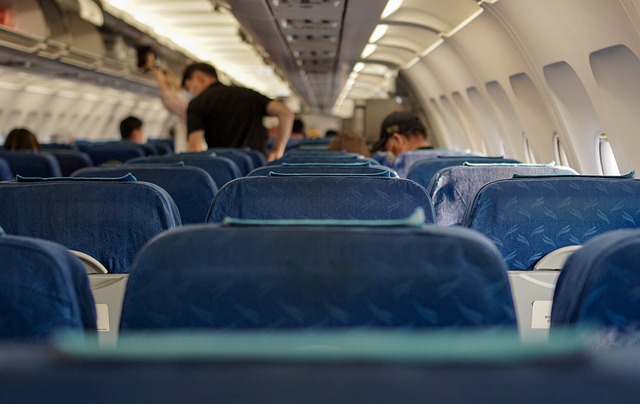-
The Civil Aeronautics Board has maintained the October fuel surcharge levels for passengers and cargo
-
The Board has kept passenger fuel surcharge at Level 6 while reviewing Resolution No. 25 and considering fare increases relative to operational costs
-
Under Resolution No. 25, Level 6 passenger rates range from ₱185 to ₱665 per one-way domestic flight and ₱610.37 to ₱4,538.40 per one-way international flight
-
For cargo, Level 6 rates range from ₱0.95 to ₱2.78 per kilogram on a one-way domestic flight, and ₱3.14 to ₱23.33 per kilogram on a one-way international flight
The Civil Aeronautics Board (CAB) has maintained the passenger and cargo fuel surcharge levels that airlines may impose in October.
In an advisory dated September 25 and signed by executive director Carmelo Arcilla, the agency said it kept passenger and cargo fuel surcharges unchanged at Level 6 as it reviews Resolution No. 25 and “in light of the perceived increase in average fares vis-à-vis increase in operational costs.”
Under the resolution, Level 6 rates for passengers range from ₱185 to ₱665 for one-way domestic flights and from ₱610.37 to ₱4,538.40 one-way international flights.
For cargoes, Level 6 rates range from ₱0.95 per kilogram (kg) to ₱2.78 per kg on a one-way domestic flight, and from ₱3.14 per kg to ₱23.33 per kg on a one-way international flight.
Airlines wishing to apply or charge a fuel surcharge for September must submit their request to CAB before it takes effect, and the surcharge rate cannot exceed the specified level. The conversion rate for collecting the surcharge in another currency during this period is $1 to ₱56.61.
In May 2022, CAB introduced Resolution No. 25, which updates the fuel surcharge policy. This revision includes a matrix for cargo, ranging from Level 0 to 20.
Resolution No. 25 amended Resolution No. 46 (passenger fuel surcharge for domestic and international flights adopted in June 2021) due to rising global jet fuel prices and foreign exchange rate considerations.
The new resolution allows for a cargo fuel surcharge matrix because the fluctuating jet fuel prices impact cargo operations when they are transported in the belly-hold of passenger aircraft.
According to the policy, the fuel surcharge will be calculated using the one-month average of jet fuel prices (Mean of Platts Singapore) in pesos per liter equivalent, and this rate will remain fixed for the following months, serving as the maximum allowable surcharge rate.
The fuel surcharge will now be assessed monthly and announced 15 days before it takes effect. In the past, it was based on a two-month average and applied for two months.
Resolution No. 25 recognizes airlines can choose to charge a fuel surcharge as an optional fee to cover rising fuel expenses and prevent financial losses during fuel price spikes.
According to the resolution: “Fuel surcharge is not a part of the basic airfare and may be reduced or removed depending on the price of jet fuel in the market, in accordance with prevailing international practice.”
If the one-month price average of jet fuel per liter falls below ₱21, no fuel surcharge will be collected.
The passenger fuel surcharge applied should be the same for all passengers except infants without seats, and it should be collected for each passenger and segment.
For cargo, the surcharge applies only to cargo carried in the aircraft’s cargo hold during combination services, and it must have an airway bill.
Cargo fuel surcharge should be collected based on the actual weight (as opposed to chargeable weight) carried per segment. The cargo fuel surcharge should not apply to passengers’ checked baggage.
For international flights originating from the Philippines, the fuel surcharge can be charged in any foreign currency of equivalent value.
RELATED READ: Air fares to rise in Sept with surcharges adjusted up





